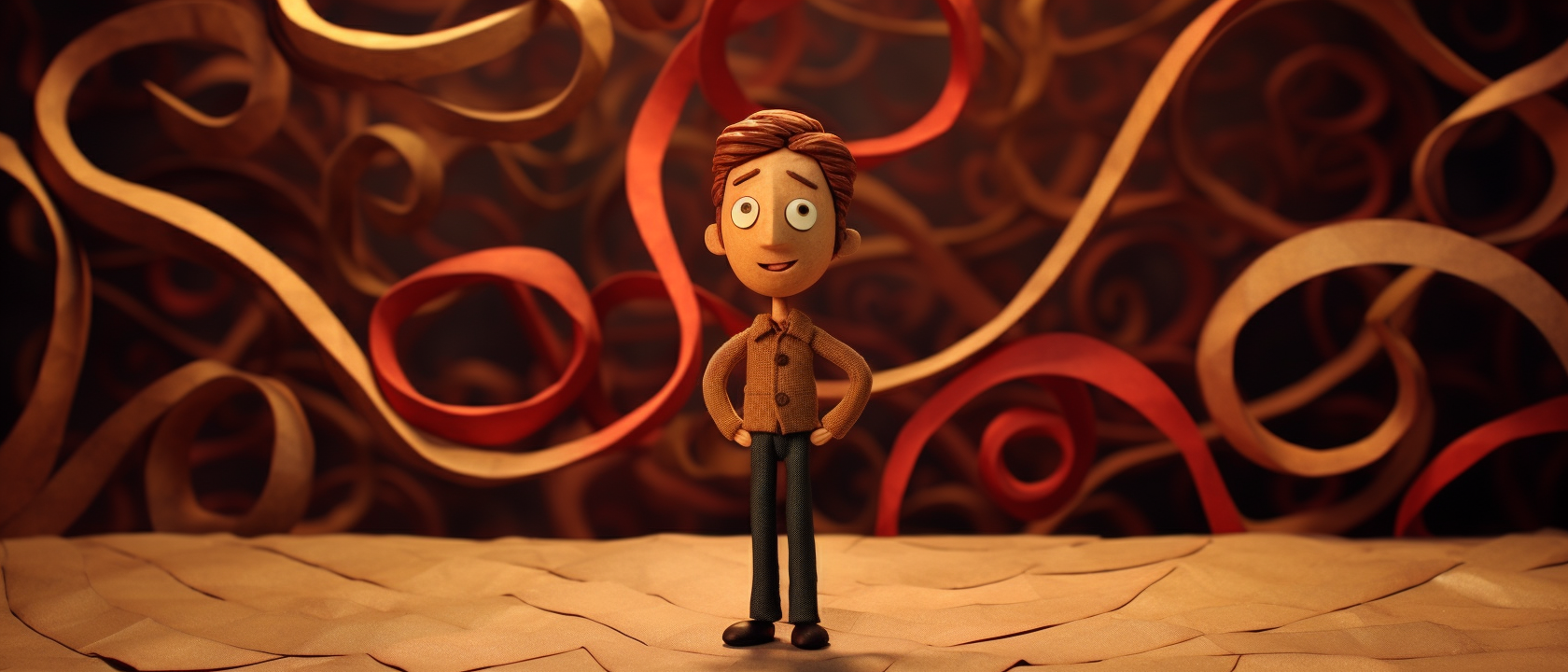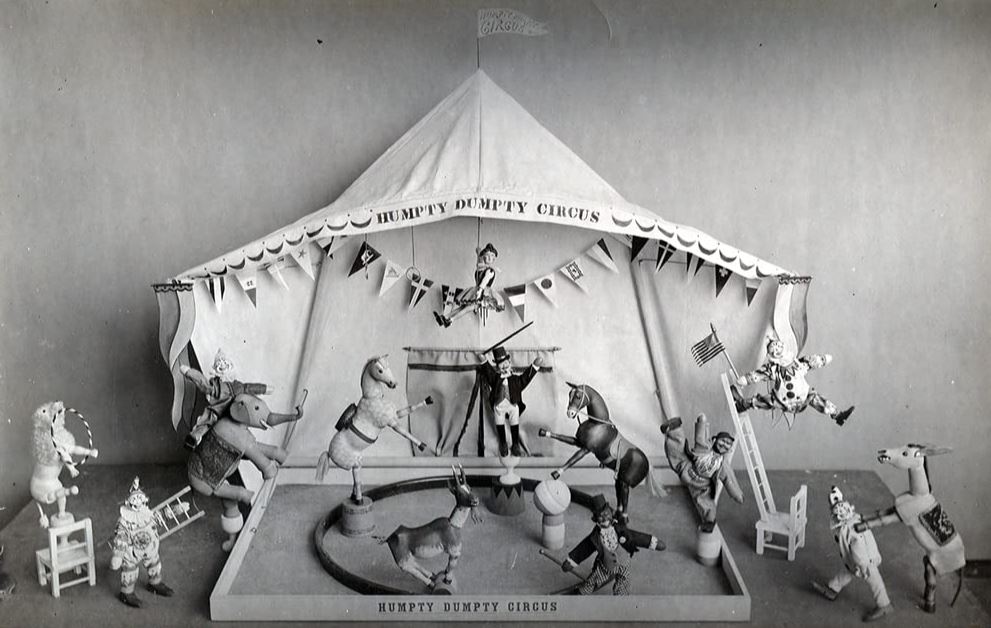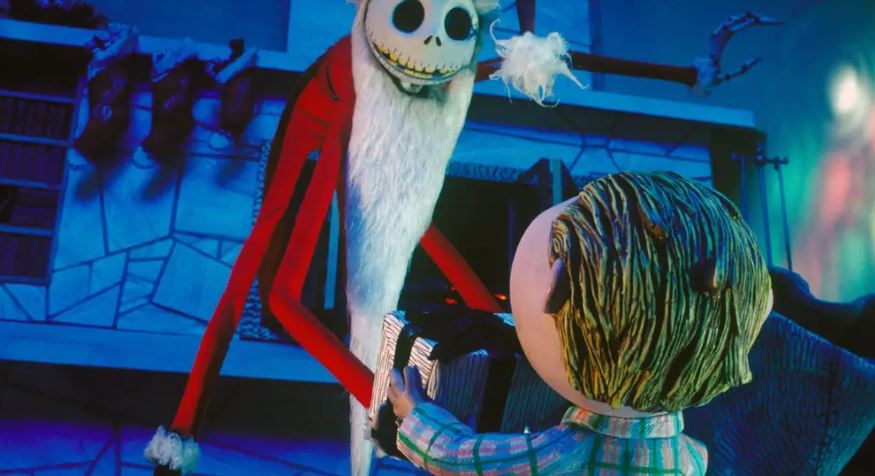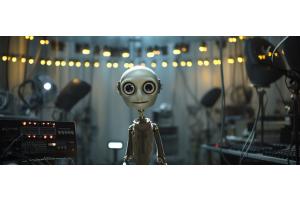History of Stop Motion

Stop motion animation is a technique that involves manipulating physical objects or models frame by frame to create the illusion of movement. It has a rich and fascinating history that spans over a century. Here is a short overview of the history of stop motion animation:
1. Early Experiments (Late 1800s-1900s):
Stop motion animation can be traced back to the late 1800s when pioneers like Eadweard Muybridge and J. Stuart Blackton used sequential photographs to create the illusion of motion. Muybridge's work with motion studies of animals and humans laid the foundation for the concept of capturing movement through multiple frames.
You can find several useful books from these pioneers on Amazon
2. The Humpty Dumpty Circus (1898):
Albert E. Smith and J. Stuart Blackton co-directed "The Humpty Dumpty Circus," a short film featuring stop motion animation. It was one of the earliest examples of stop motion animation using toys and miniatures.

3. The Adventures of Prince Achmed (1926):
German filmmaker Lotte Reiniger created the first feature-length stop motion animated film titled "The Adventures of Prince Achmed." She used intricately cut silhouette figures and filmed them against backlit glass panels. Reiniger's work demonstrated the artistic potential of stop motion animation.
4. King Kong (1933):
The iconic film "King Kong" utilized a combination of live-action footage and stop motion animation for its spectacular creature effects. Willis O'Brien, the film's special effects supervisor, brought the gigantic ape to life through painstaking frame-by-frame animation.
The film is still available and has even been put onto Blu-ray. Amazon offer it both new and used.

5. The Art of Claymation (1950s-1960s):
Ray Harryhausen, a renowned stop motion animator, popularized the technique of using foam rubber and metal armatures to create more flexible and expressive characters. His works, including "The 7th Voyage of Sinbad" (1958) and "Jason and the Argonauts" (1963), showcased his mastery of the medium.
6. The Nightmare Before Christmas (1993):
Tim Burton's "The Nightmare Before Christmas" brought stop motion animation into the mainstream. Directed by Henry Selick, the film combined dark storytelling, stunning visuals, and innovative character designs to captivate audiences and solidify stop motion's place in modern cinema.
This is a true Christmas classic and it's sure to be on television over the festive season. DVDs are also available on Amazon

7. Digital Revolution and Contemporary Works:
With the advent of digital technology, stop motion animation experienced a resurgence. Filmmakers like Nick Park (Wallace and Gromit series) and Henry Selick (Coraline) continued to push the boundaries of the medium while incorporating digital enhancements. Additionally, the production company Laika has produced several critically acclaimed stop motion films using a blend of traditional and digital techniques.
Today, stop motion animation remains a beloved and versatile art form, appreciated for its tactile and unique aesthetic. It continues to inspire both independent animators and big-budget productions, contributing to the ever-evolving landscape of animation.





